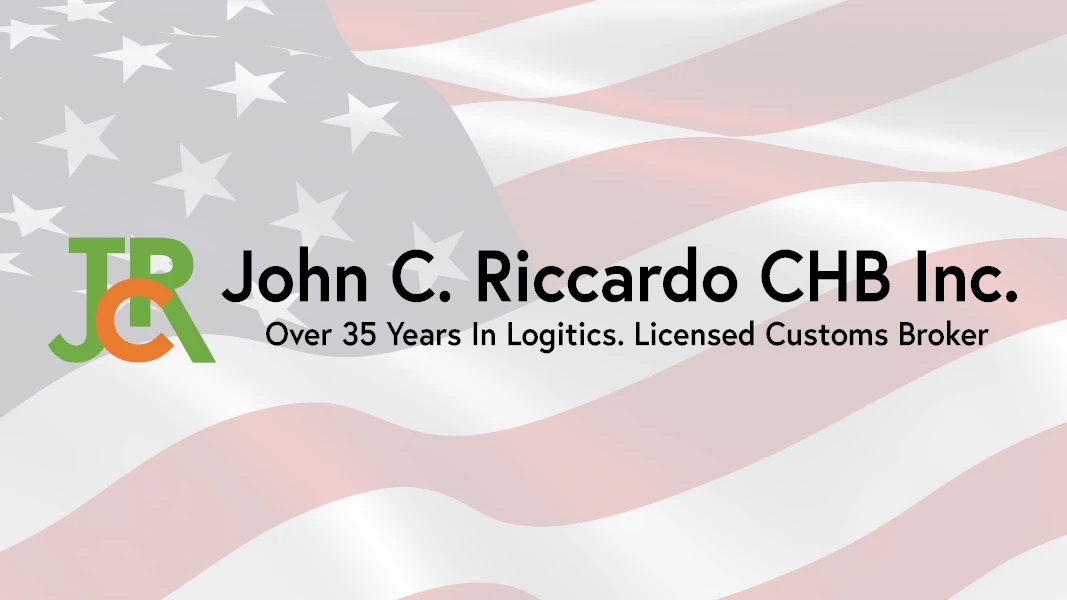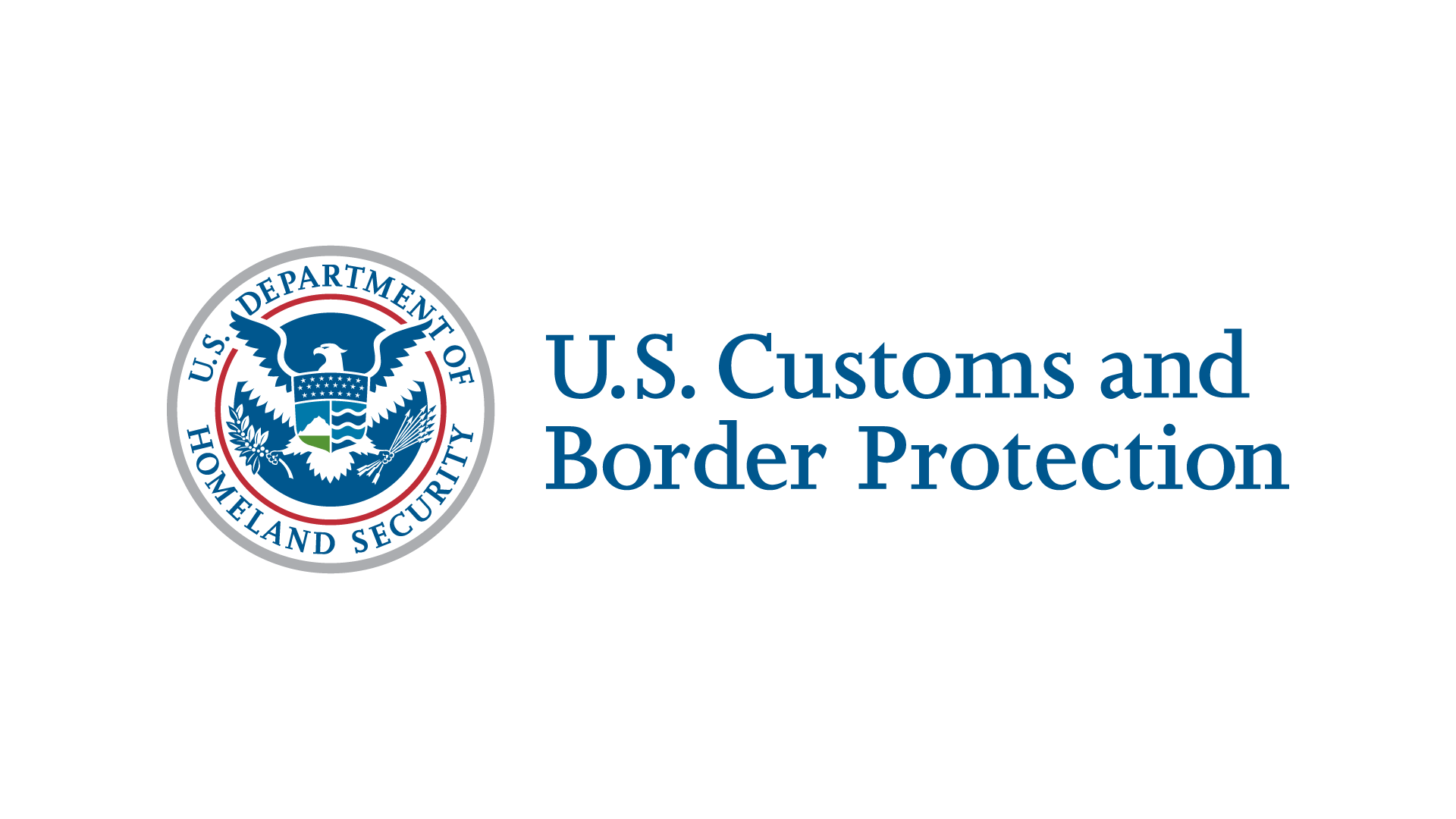
Via Inbound Logitsics, by Shruti Agrawal
For sourcing agents and organizations involved in procurement, supply chain efficiency is a pressing concern. In addition to physical factors like the layout of the unit and machine capacity, procurement contracts and the manner in which they are implemented can account for a majority of supply chain and manufacturing costs. Working hand-in-hand with product design engineers and R&D teams, a sourcing agent can integrate practical changes right from the start. For instance, reusing existing items (or designing new ones) procured from already-approved suppliers can reduce expenses tremendously, as opposed to designing new items to be bought from new suppliers.
STRATEGIES FOR REDUCING SUPPLY CHAIN COSTS
Effective supply chain operations have a tremendous impact on your bottom line, and purchasing or procurement strategies play a huge role in the efficiency of these operations. Consolidating various suppliers is the best way to ensure your supply chain is more streamlined and cost-effective.
Here are two strategies that will help:
- Combined Buying Groups – By consolidating buying groups, you can reduce procurement costs and gain a better understanding of spending trends and volumes within the company.In addition, consolidated spending also offers you the opportunity to shift from transactional purchases to an “as needed” spending model for materials and services alike. These combined groups, placed under a Chief Procurement Officer (CPO) or Chief Supply Chain Officer (CSCO), also allow for better material/service standardization and efficiency in the supply chain.
- Supplier Segmentation/Rationalization – By grouping purchases made over a year (or other specific period of time) based on the dollar value of the product or the supplier’s price for commodities, you are better placed to evaluate the relative importance of each supplier. This helps you determine what risks are involved in having too many (or not enough) suppliers for each product.Consolidated buying groups and supplier segmentation also lead to better rationalization. As you review procurement contracts and suppliers, you may find similar items that can be consolidated with ease.
WHAT ARE THE ADVANTAGES OF SUPPLIER CONSOLIDATION?
In addition to lower demands for factory clearance and plant trials (which lead to faster rollout of new products), consolidating your supply chain also opens up more options for product sourcing. The biggest benefit, however, is the reduction in capital cost and supply chain expense both in the short and long term.
This reduction can primarily be seen in:
- Purchased Costs – Purchased costs include the price of products as well as shipping and handling, taxes, duties or fees, and other associated costs. These offer the largest source for savings in the supply chain. By consolidating and lowering the number of suppliers and implementing strategic sourcing methods that encourage competition, purchased costs are lowered and your buying power is enhanced.
- Process Costs – Procurement and supplier management costs offer the largest opportunity for efficiency improvements in the supply chain, adding up to significant savings on an ongoing basis. The number of individual transactions and associated costs is lower when you’re interacting with fewer suppliers, as is the amount of time invested in supplier set-up, management, and supporting processes.
- Consolidated procurement offers cost benefits as well as better efficiency throughout the supply chain, but it’s often difficult to implement, especially when delays and inefficiencies demand attention.
While quick fixes like purchasing from any available supplier may seem like the best way to handle occasional problems, this can quickly become the pattern if left unchecked. The sooner you plan and implement a centralized procurement strategy, the sooner you will see the returns from it.

